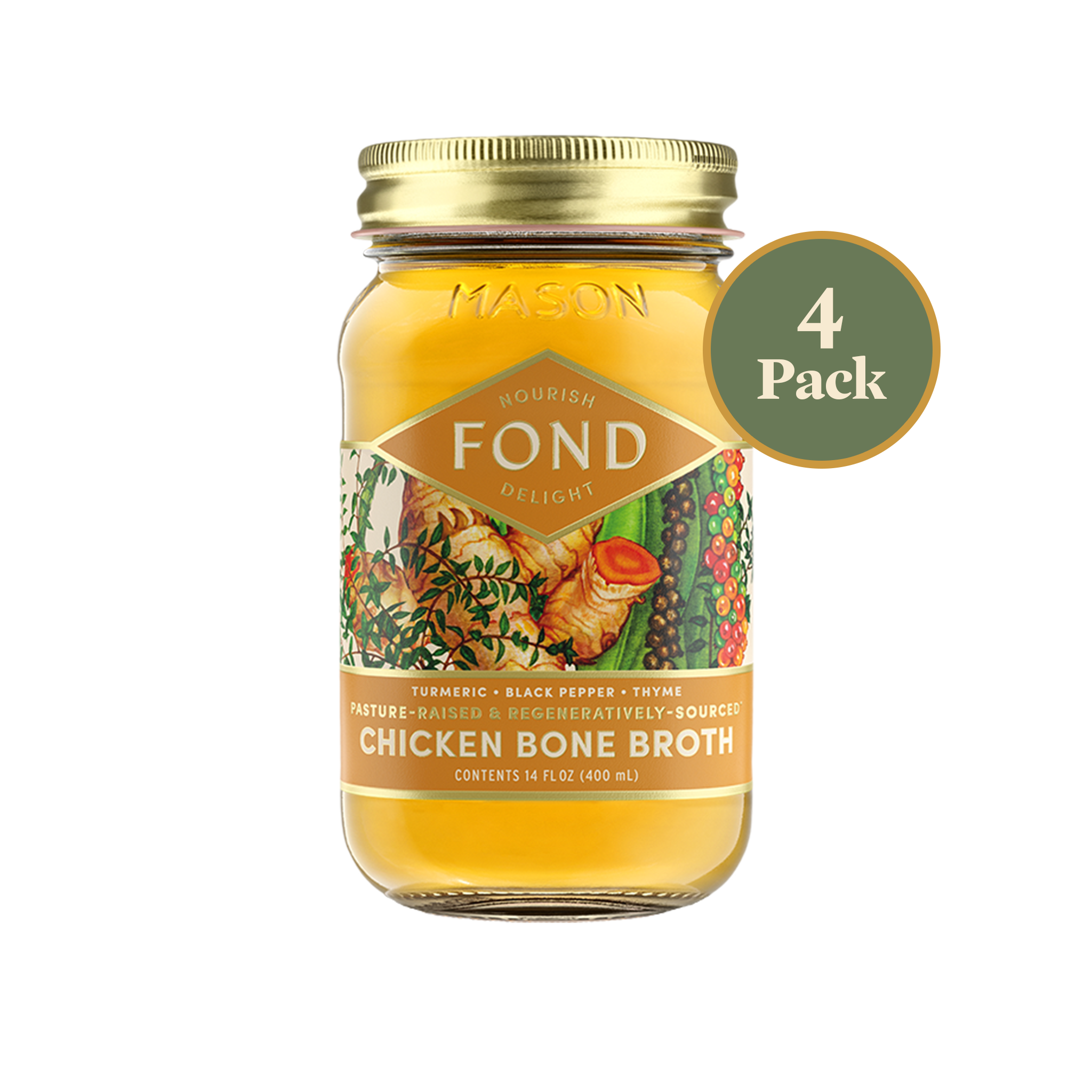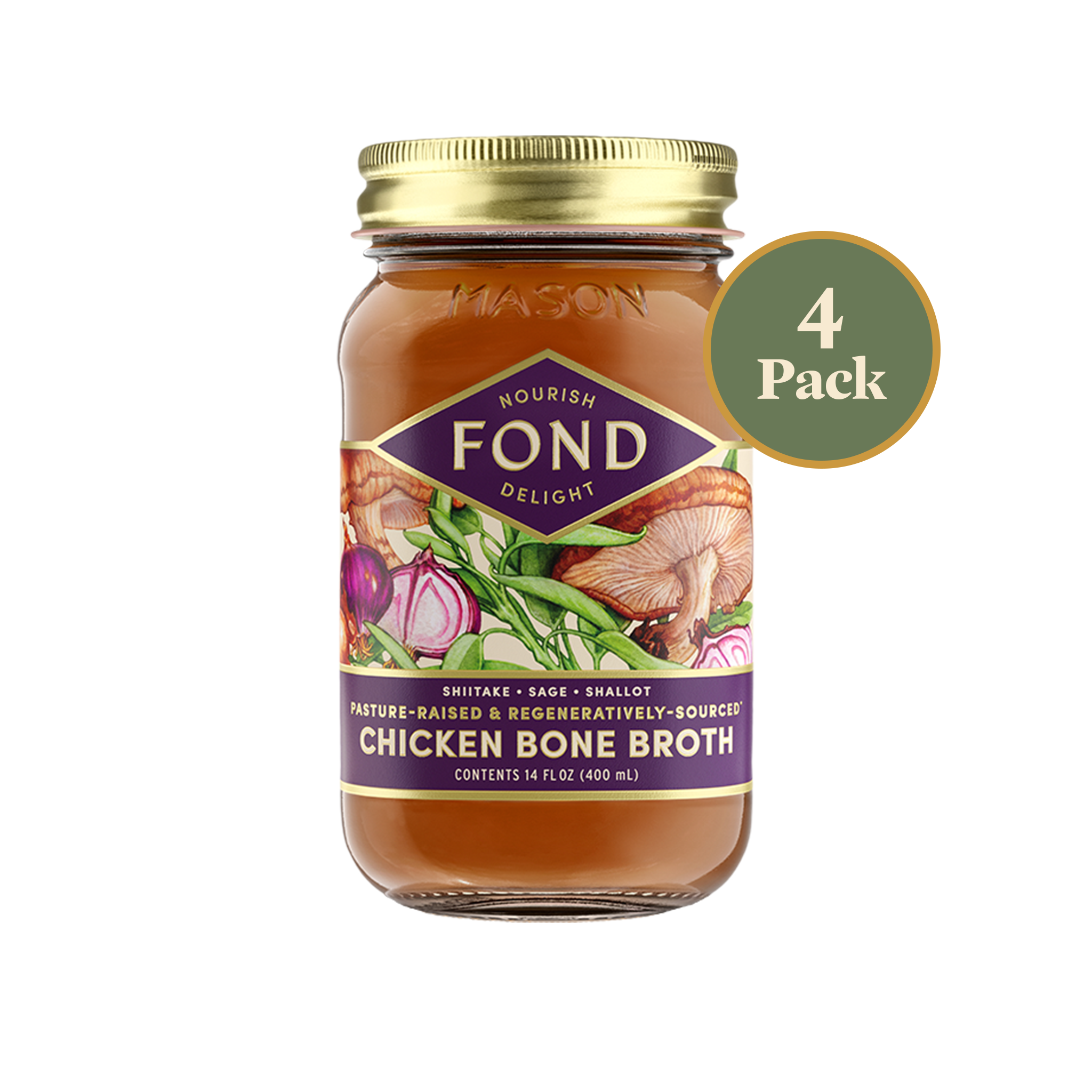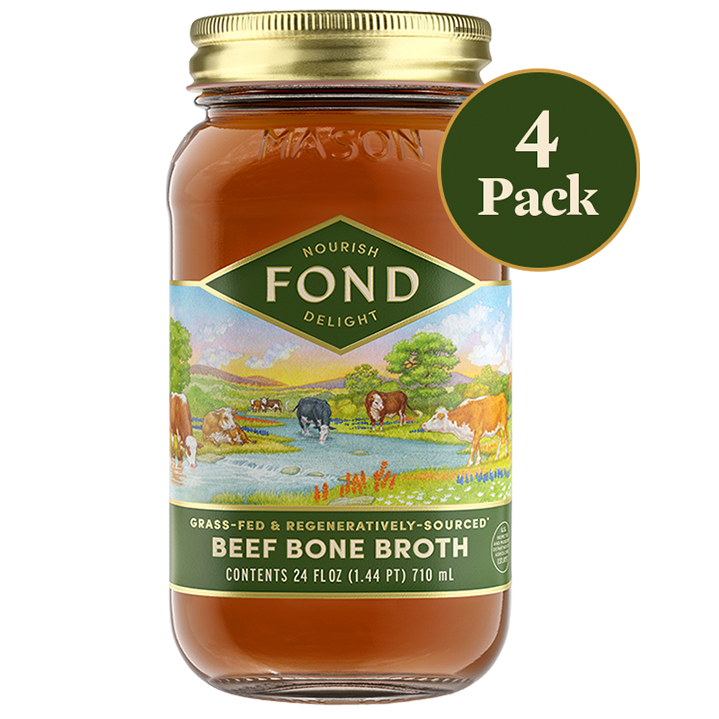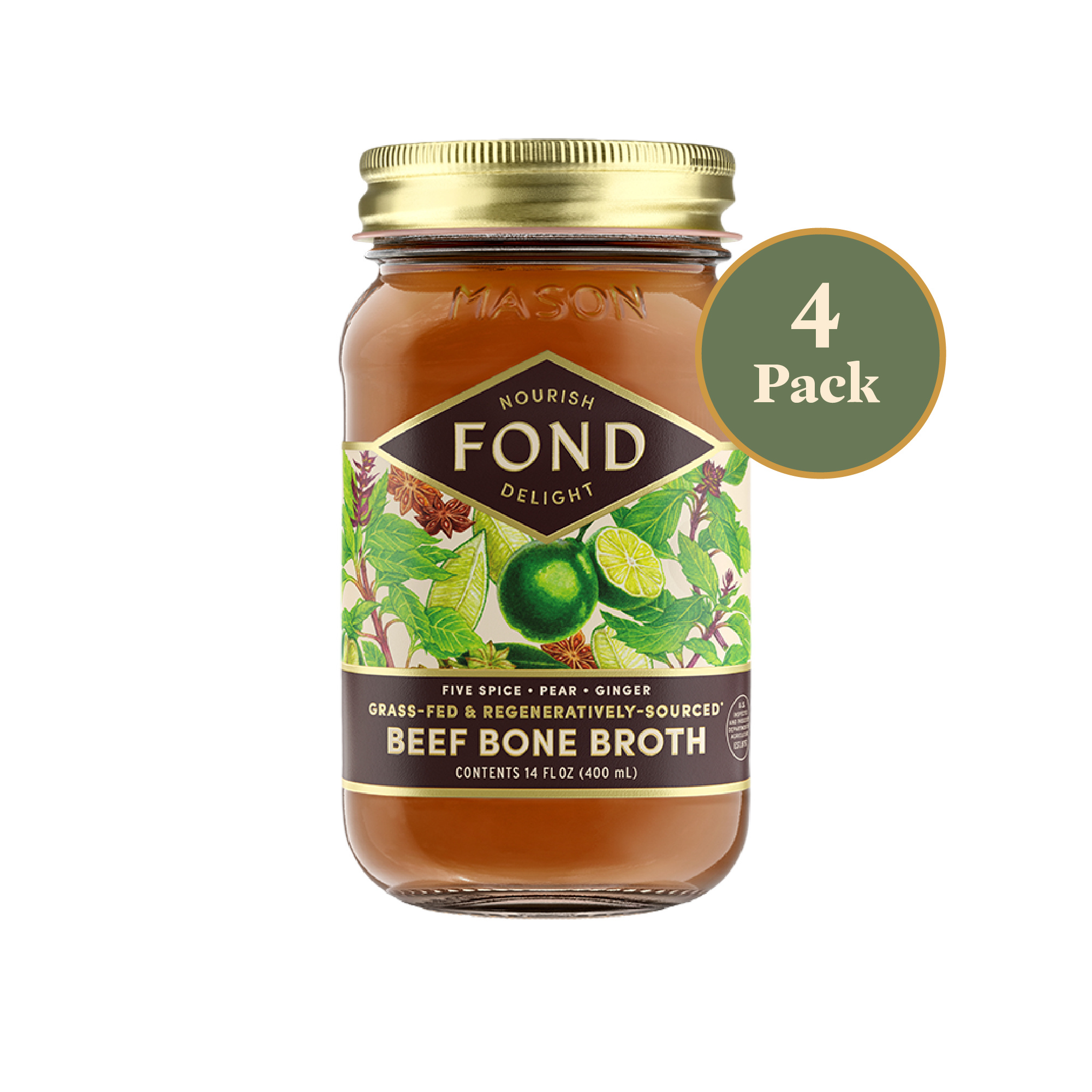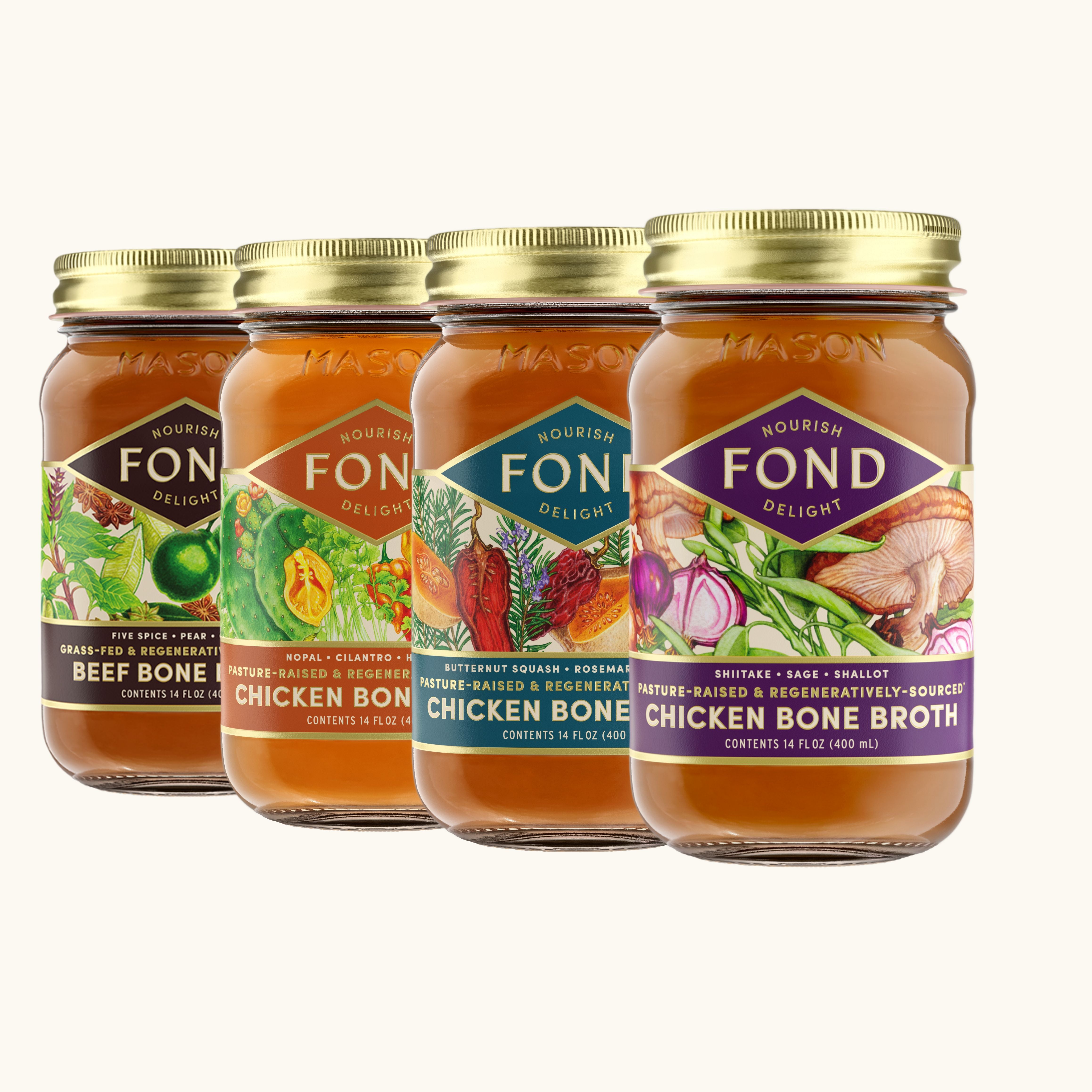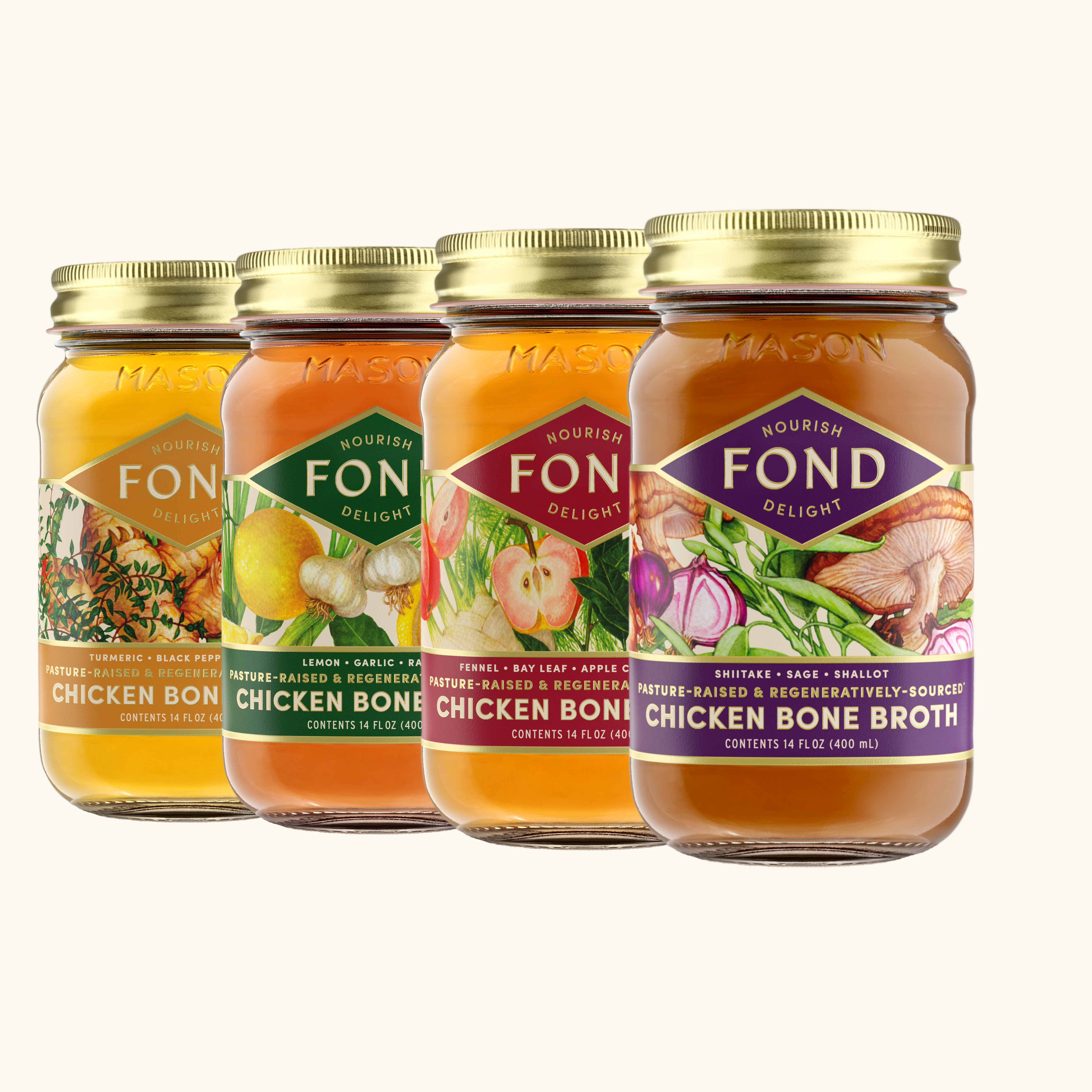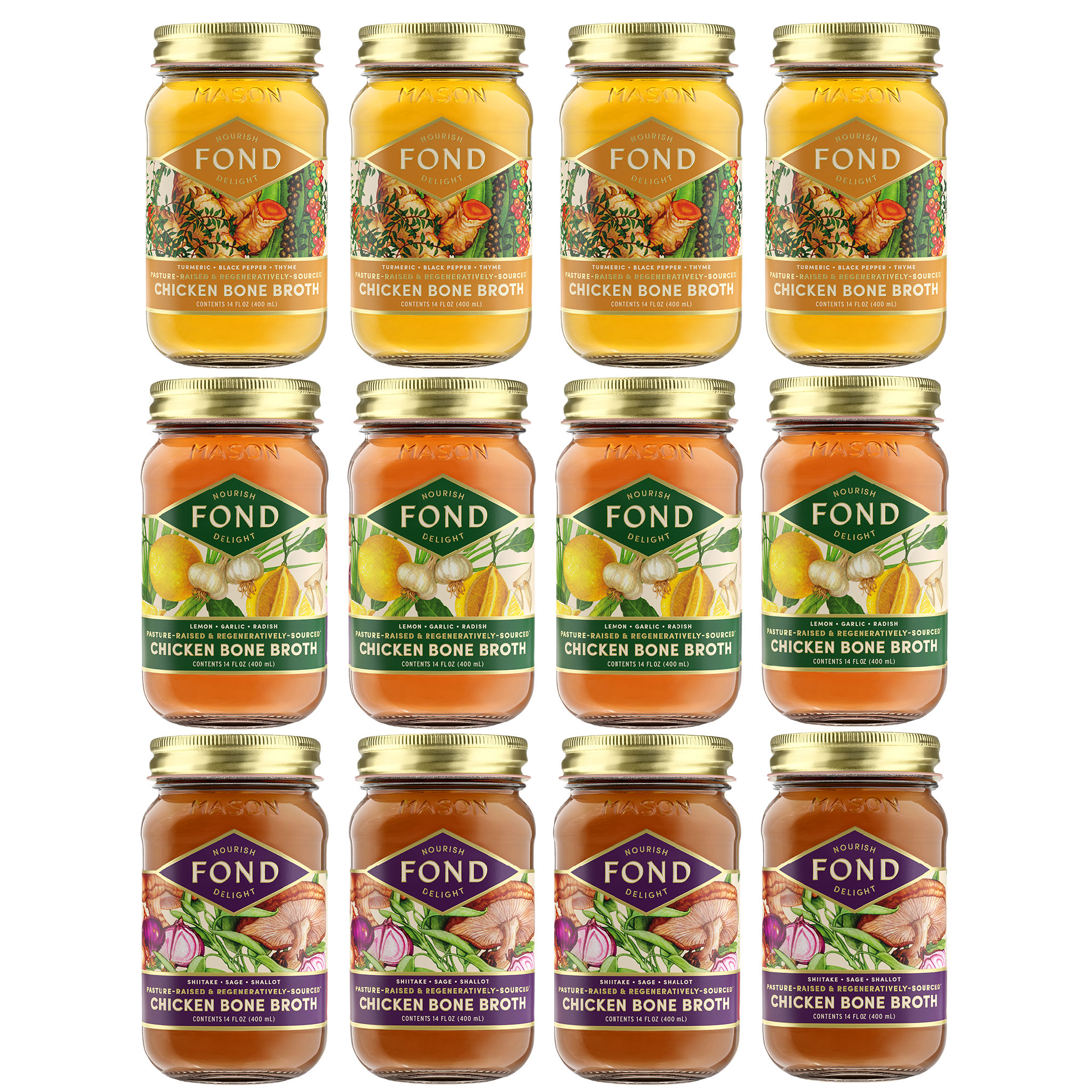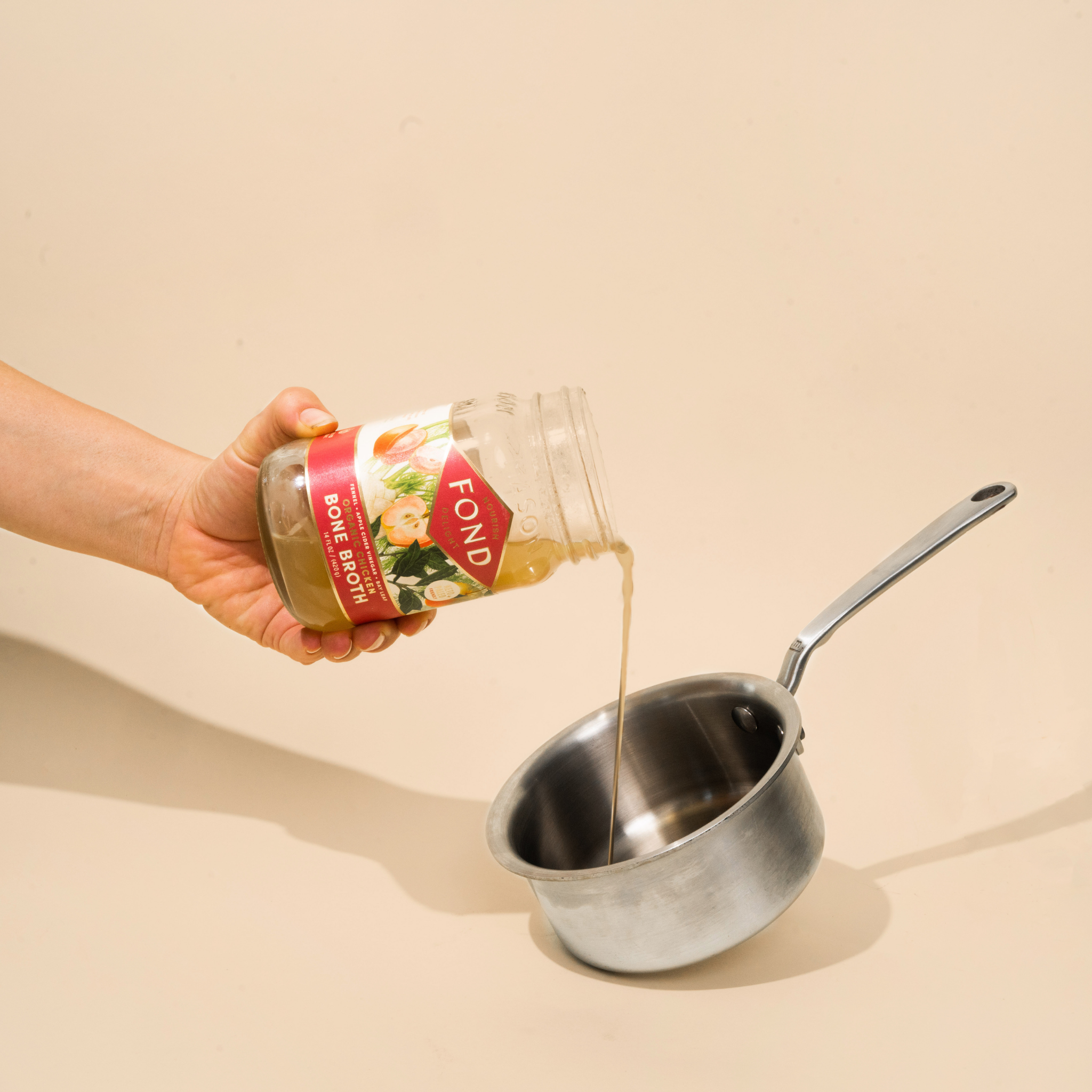Why Foundational Foods Matter for Kids’ Health
Foundational foods are essential for kids’ health, providing vital nutrients that support growth, brain development, focus, and steady energy levels. Packed with protein, healthy fats, and antioxidants, these nutrient-dense foods build a strong foundation for children.
The Nutritional Crisis Facing Our Kids Today
We desperately need better nutritional standards for children's health in this country. With chronic health conditions like Autism, ADHD, and type 2 diabetes on the rise, and a laundry list of additives and harmful chemicals in kids' foods, it’s more crucial than ever to support children with whole, foundational foods. These nutrient-dense options are truly life-giving, but we understand that nourishing kids this way can be challenging when the food industry trends toward highly processed choices. For more insights on improving kids’ nutrition through clean, whole foods, check out our blog post here.
What Are Foundational Foods, and Why Do Kids Need Them?
Foundational foods are whole, nutrient-dense ingredients that support kids’ growth, energy, and overall health. Unlike processed foods, which often contain additives and food dyes and lack essential nutrients, foundational foods provide vital protein, antioxidants, and healthy fats that are crucial for developing bodies. Examples include fruits, vegetables, high-quality protein like bone broth, chicken, beef, and eggs, and healthy fats like tallow and avocados.
Kids need these nutrient-packed foods to build a strong foundation for long-term health. Foundational foods help stabilize blood sugar levels, which supports consistent energy and focus throughout the day—a big benefit for active kids and students. Protein plays a key role in muscle development and immune function, while antioxidants from colorful fruits and vegetables protect against inflammation and oxidative stress.
Every step to prioritize foundational foods and every dollar spent in favor of healthier options impacts our health for good and sends a message to the corporations. Even the smallest changes are meaningful, like a better-for-you sweet treat or adding some nutrient-density to your rice.
Prioritize Protein for Growing Bodies
Children should get 20g of protein at each meal (about 3oz). Ideally, this is in the form of bioavailable protein sources like chicken, beef, salmon, eggs, dairy, and bone broth. Protein is important for all of us for a wide array of bodily functions and purposes, including immune, brain, and metabolic health, along with promoting feelings of satiety between meals. Children in an active growth phase shouldn’t be experiencing a protein deficiency, but sadly we’re seeing this more and more.
Antioxidants for Cellular Health and Immunity
For adults and kids alike, antioxidants protect against oxidative stress, decrease inflammation, and improve cellular function. You can find antioxidants in fruits and vegetables. Aim for a variety of colors to experience the full benefits. If your child struggles to eat their fruits and veggies, try giving them a choice of what you’re including in their meal or lunchbox, and try different preparation methods too. Most of all, don’t give up! Sometimes you just need to continue offering a food, and eventually, kids are more receptive.
Avoid "Naked Carbs" by Pairing with Protein or Fat
This guideline is simple, but not often implemented. If your child is having whole food sources of carbs like fruits, starchy veggies, or grains, always pair them with a protein or healthy fat. For example, if they’re having an apple as a snack, pair it with a serving of peanut butter. Protein and fat support blood sugar stability, minimizing the blood sugar spikes and crashes often seen when eating a lot of carbs without any protein or fat. Balanced blood sugar supports a more regulated appetite, mood, energy, and optimal metabolic health.
Quick, Nutritious Recipes That Kids Will Love
Fueling kids with balanced meals doesn’t have to be complicated! By focusing on protein, healthy fats, and non-starchy vegetables, you can create nutrient-dense meals that support energy and focus. Prepping over the weekend—like chopping veggies and cooking a couple of proteins—makes weekday lunch assembly a breeze. We’ve compiled a list of simple, nourishing lunchbox combinations that your kids will love!
Protein ideas:
- Chicken kabobs - pan-seared chicken breast + a fruit + a veggie (for example, pineapples and peppers)
- Rotisserie chicken
- Salami, turkey, or other deli meat roll-ups with cheese or toppings of choice
- Cheese sticks and full-fat cheese (this should not be the only source of protein, though!)
- Full-fat Greek yogurt
- Ground beef
- Eggs
- Bone broth
- Pork rinds
Fruits & Veggies:
- Cucumbers
- Bell peppers
- Carrots
- Zucchini
- Broccoli
- Beets
- Berries
- Apple slices
- Orange slices
- Mango
- Banana
- Pineapple
Healthy fats (many of the above proteins also offer healthy fats):
- Olives
- Avocado
- Nuts
- Grass-fed tallow, butter, and extra virgin olive oil (EVOO)
Carbohydrates:
- Sweet potatoes
- Potatoes
- Squash
- Corn
- Peas
- Bone broth rice
- Quinoa
- Homemade trail mix (has fat and protein, too!)
Want a complete ebook filled with over 20 recipes that we promise your kids will love? Download our ebook here!














